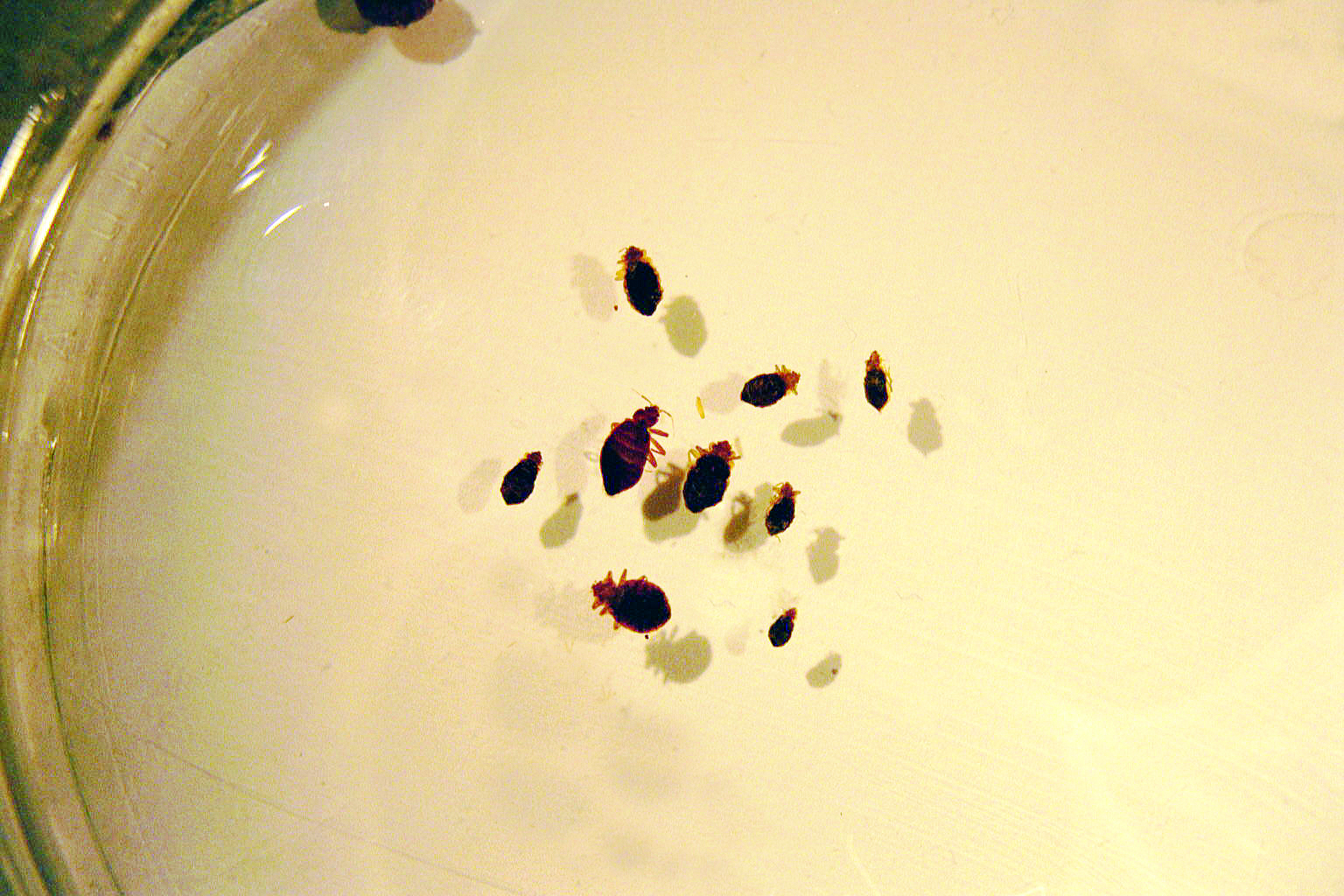

Their antennae also bend at a right angle, whereas termites’ are at a straight angle. Ants have front wings that are longer than their hind wings, while those of termites are the same size. Unlike carpenter ants, termites use wood for food. The best way to tell termites from ants is by their wings. TermitesĬarpenter ants are often mistaken for termites because of their similarities. You will also need to assess any structural damage to your home and begin repairs. Because carpenter ants can cause significant structural damage, it’s important to have a plan in place for finding and completely exterminating the main nest as well as any satellites. The main nest will usually be outdoors, while satellite nests may form indoors, and will house only worker ants. This is an insect you most likely want to contact a professional for extermination. Because pests will sometimes use plants as a bridge into your home, keep branches cut back away from your house. Keep cracks under doors and around windows sealed. You should also eliminate any standing water around your property. Keep an eye out for moisture problems around your home - keep siding properly maintained and sealed to prevent moisture from entering. The best place to start is with moisture. You can leave small bits of pet food or bread near these areas and follow ants as they take it back to the nest. Carpenter ants don’t eat the wood they chew up and will instead remove it, and other debris, from their nests.Ĭarpenter ants are usually a sign of a moisture problem, so a good place to start looking for nests is near windows and doors where you would expect excess moisture. Signs of a carpenter ant infestation include small holes in wood with sawdust and other debris below them. They rarely damage sound wood, but once a nest is built, it allows moisture to build, leading to more wood rot.Ĭarpenter ants vary in size from 1/2 inch to 5/8 inch long and can be black, a combination of black and red, red, or brown. Instead, these ants build nests in the wood by making tunnels in them, particularly in damp or rotting wood. And while most wood-boring insects are known to eat wood, carpenter ants actually don’t. Carpenter AntsĬarpenter ants are commonly found in forested areas all over the globe. In some cases, wood-boring insects can cause structural damage to both homes and woody plants. While some of these insects still play a role in the ecosystem, they can be a great nuisance in large numbers. Wood-boring and wood-destroying insects are considered pests because of the damage they cause to both residential properties and plants. This group of insects consists of both larvae and adults. Wood-boring insects are a selection of arthropods that damage wooden structures. It’s important to accurately identify them before beginning pest control, so take your time to make sure you get it right. There are 4 categories of common wood-boring insects: carpenter ants, termites, bark beetles and wood borers, and powderpost beetles. Each of these insects does damage to wood over time, and it’s likely they were present before you noticed them.


 0 kommentar(er)
0 kommentar(er)
